#swiss/German artist
Explore tagged Tumblr posts
Text

Marie-Louise-Catherine Breslau (Swiss/German, 1856 - 1927) • Nature morte aux instruments de musique et buste de Carpeaux (Still Life with Musical Instruments and a Bust by Carpeaux) • 1918
#art#painting#fine art#art history#still life#louise jopling#woman artist#swiss/German artist#early 20th century european art#20th century art#oil painting#art of the still life blog#art blogs on tumblr#artwork
15 notes
·
View notes
Text

Paul Klee
Celestial blossoms above the yellow house (The Chosen House). 1917
#paul klee#landscape#expressionism#cubism#surrealism#swiss-german artist#museum berggruen / national gallery
297 notes
·
View notes
Text

Franz Marc
Blue Horse, Red House, and Rainbow, postcard from Sindelsdorf to Paul Klee in Munich
1913
#franz marc#paul klee#german art#german artist#german painting#german painter#swiss artist#swiss painter#postcard#art on tumblr#modern art#art history#aesthetictumblr#tumblraesthetic#tumblrpic#tumblrpictures#tumblr art#aesthetic#tumblrstyle#beauty
64 notes
·
View notes
Text
ILLUMISHADE Reveal New Album Details
Swiss modern metal upstarts ILLUMISHADE unveil their magical sophomore record and Napalm Records debut, Another Side of You, out February 16 2024! Fronted by vocalist Fabienne Erni and guitarist Jonas Wolf (both of Eluveitie) and completed with orchestration and synths by film composer Mirjam Skal, bass by Yannick Urbanczik, and drums by Marc Friedrich, ILLUMISHADE skillfully balances all things…

View On WordPress
#2024#album#eluveitie#female fronted#german#hot new artists#metal#music#napalm records#new music#power metal#prog#prog metal#swiss#symphonic metal#women artists#women in music
5 notes
·
View notes
Text

Paul Klee (Swiss/German, 1879-1940), Fischer-Scene, September 1931. Watercolour and pen and ink on paper laid down to the artist's mount, image: 41 x 59.2 cm ; mount: 47.9 x 65.2 cm.
201 notes
·
View notes
Text
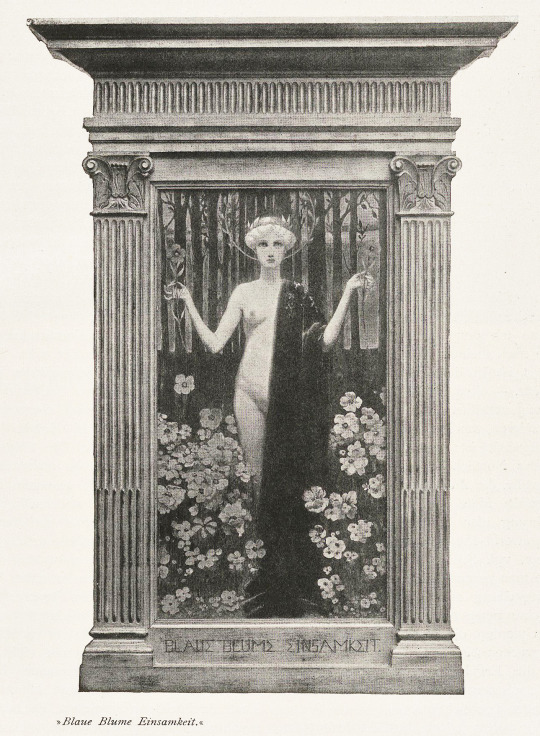
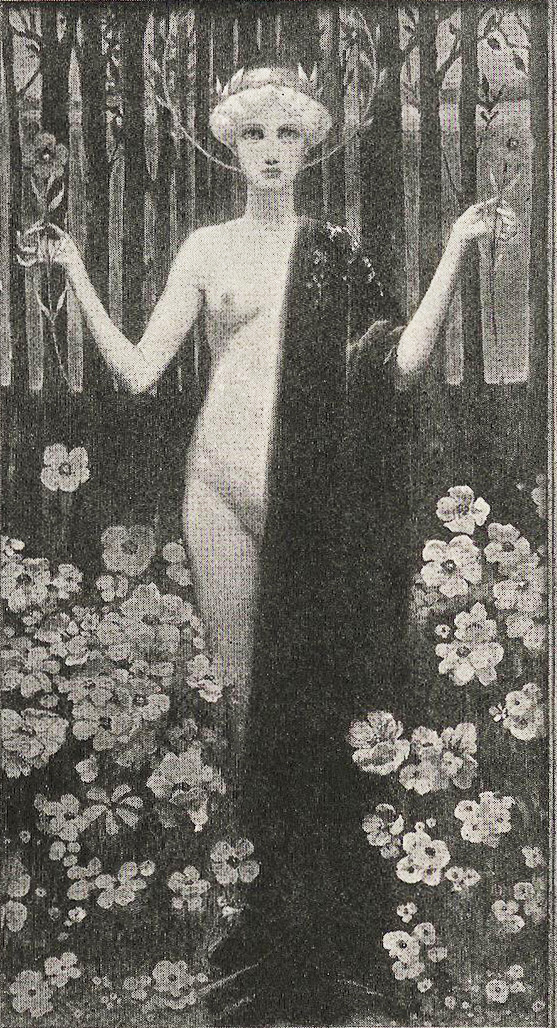
Melchoir Lechter (1865-1937), 'Blaue Blume Einsamkeit' (Blue Flower of Loneliness), ''Deutsche Kunst und Dekoration'', 1897-98 Source

"Widely published in the German press between 1897 and 1905, this wonderful painting disappeared from public view for more than 115 years after its purchase directly from the artist by the Swiss banker Julius Landmann (1877-1931). In 2020, the painting resurfaced at auction in Zurich where it was acquired by The Daulton Collection." .... "In German literature, the blue flower is associated with the fragmentary novel Heinrich von Ofterdingen by the leading Romantic author Novalis (1722-1801), published posthumously in 1802. And the blue flower became an important motif in 19th century Romanticism, representing a longing (Sehnsucht) for things transcendent." (Source)
#Melchoir Lechter#german artists#symbolist art#symbolist painting#Blaue Blume Einsamkeit#Deutsche Kunst und Dekoration
274 notes
·
View notes
Text

Princess Tatiana Alexandrovna Yusupova
Artist: Franz Xaver Winterhalter (German, 1805–1873)
Date: 1858
Medium: Oil on canvas
Collection: Hermitage Museum, St. Petersburg, Russia
Princess Tatiana Alexandrovna Yusupova
Princess Tatiana Alexandrovna Yusupova (29 June 1829 – 14 January 1879) was a Russian noblewoman and lady-in-waiting to Empress Alexandra Feodorovna, of the Imperial Court of Russia. She was the Countess Ribeaupierre and wife of one of the richest landowners, Prince Nicholas Borisovich Yusupov.
Tatiana was the youngest daughter of Count Alexander Ivanovich Ribopierre, a Russian diplomat of Swiss origin and Ekaterina Mikhailovna Potemkina, who was a niece of Prince Potemkin. She was born and raised abroad, where her father was stationed. In addition to her native French, she learnt German, Italian, English and Russian. Among her elder siblings was Maria Alexandrovna, who married Prussian Count Joseph Brassier de Saint-Simon, Prussian envoy in Constantinople, in 1849. She was known as "Tata" to her family members.
#portrait#princess tatiana alexandrovna yusupova#russian empress#russian noblewoman#russian nobility#painting#oil on canvas#seated#white costume#sash#pearl necklace#tiara#pearl earrings#three quarter length#oil painting#bracelet#distant landscape#russian history#franz xaver winterhalter#german culture#german painter#hermitage museum#artwork#european art#german art#19th century painting
30 notes
·
View notes
Text

'My Father' as painted in 1906 by Swiss born German artist Paul Klee (1879 - 1940). His father was a conservatory standard musician, Paul Klee was that talented a musician that at aged 11 he was invited to play violin in the Bern Music Association. It was only later, as a teenager, that Paul Klee's talent for poetry, then drawing, took centre place in his life and led his future.
28 notes
·
View notes
Text
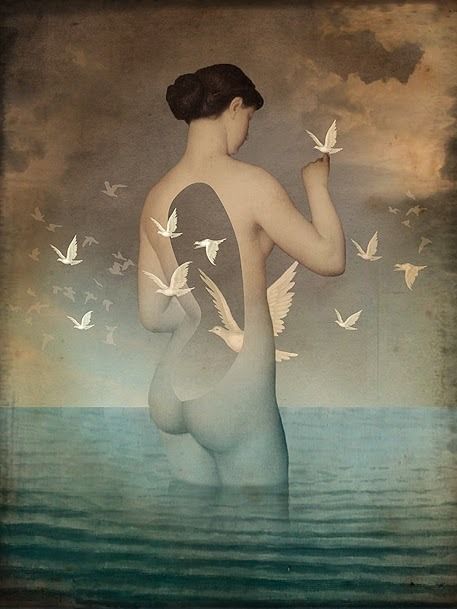
Catrin Welz-Stein, "Transparence", 2014, German artist. (Lady taken from the swiss painter Charles Gleyre, "Sappho geht zu Bett", 1867). “Catrin Welz-Stein works with old paintings, photographs and illustrations from the public domain digitally and transform the images by first tearing them apart.”
#catrin welz stein#transparence#2014#german artist#Charles Gleyre#Sappho geht zu Bett#1867#collage#digital art#art#German artist#woman#portrait#back portrait#sea#ocean#water#birds#clouds#surrealism#contemporary art
29 notes
·
View notes
Photo
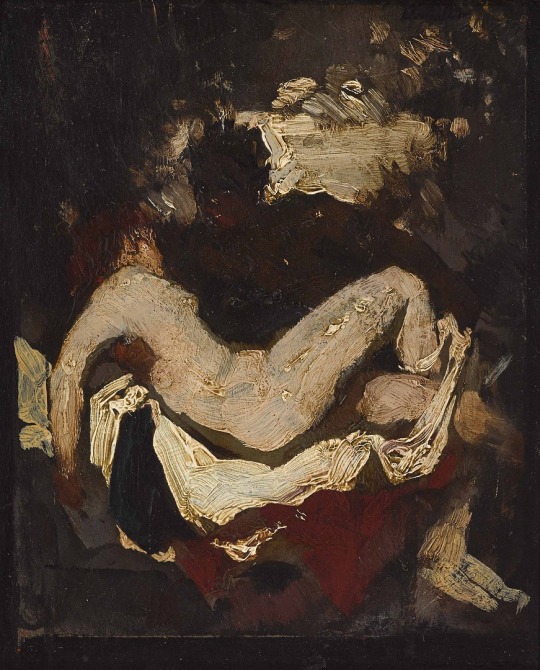
Albert von Keller
Othello and Desdemona. undated
#albert von keller#art study#figurative abstraction#shakespeare play#swiss-german artist#munich secession#private collection
22 notes
·
View notes
Text


Paul Klee, Fleeing Ghost, 1929
Onchi Köshirö, Objet No. 2, 1954
#onchi Köshirö#paul klee#japanese prints#japanese artist#japanese art#woodcut#woodblock print#swiss artist#swiss painter#german art#german painting#art on tumblr#modern art#art history#aesthetictumblr#tumblraesthetic#tumblrpic#tumblrpictures#tumblr art#aesthetic#beauty
14 notes
·
View notes
Text

Paul Klee (1879-1940) Swiss artist, View of Kairouan, 1914.

August Macke (1887-1914) German artist, Kairouan 1, 1914.
37 notes
·
View notes
Text


Happy National Comic Book Day!
Swiss artist Dieter Roth (1930–1998) created this artist's book of die-cut pages from comic books and children’s coloring books, which is a part of his Collected Works, Volume 7.
Bok 3b und bok 3d : Rekonstruktion der im Verlag “Forlag ed.” Reykjavík 1961 erschienenen Bücher [Dieter Roth ; herausgegeben von Hj. Mayer und D. Rot]. Roth, Dieter, 1930-1998. Stuttgart : Hansjörg Mayer, 1974. ca. 550 p. : all ill. (some col.) ; 23 cm. German
#NationalComicDay#ArtistsBook#DieterRoth#SwissArtist#Comic#HarvardFineArtsLibrary#Fineartslibrary#Harvard#HarvardLibrary
21 notes
·
View notes
Text







Antonio Ligabue (1899 – 1965; born Antonio Laccabue) was an Italian painter, one of the most important Naïve artists of the 20th century.
Biography
He was born in Zürich, Switzerland on 18 December 1899, to Elisabetta Costa, a native from Cencenighe Agordino, and supposedly to Bonfiglio Laccabue (the true identity of the father is still unknown), native from Reggio Emilia. His mother, Elisabetta, and three brothers died in 1913 as a result of food poisoning.
In 1942 the painter changed his surname from Laccabue to Ligabue, presumably because of the hate towards his father, whom he considered guilty of killing his mother. In September 1900 he was entrusted to the Swiss Johannes Valentin Göbel and Elise Hanselmann. He began to work occasionally as a farm hand and conducted a wandering life. After an altercation with his foster mother, he was hospitalized in a psychiatric clinic.
In 1919, following the complaint by Hanselmann, Ligabue was expelled from Switzerland. From Chiasso he was moved to Gualtieri, in the province of Reggio Emilia, the hamlet of origin of the adoptive father but, not knowing a word of Italian, he tried to return to Switzerland.
Ligabue lived with support from the City Hospice of beggars. He began to paint in 1920. In 1928 he met Marino Mazzacurati, who appreciated his artistic capabilities and taught him the use of oil painting. In those years Ligabue devoted himself to painting and continued to wander aimlessly along the River Po.
In 1937 he was hospitalized in a mental hospital in Reggio Emilia for self-mutilation. In 1941 Andrea Mozzali helped him to get out of the psychiatric hospital and welcomed him to his home in Guastalla, near Reggio Emilia. During World War II Ligabue served in the Italian Army as an interpreter for the German troops. In 1945, after beating a German soldier with a bottle, he was interned in a mental hospital and remained there for three years.
In 1961 his first solo exhibition was held at the La Barcaccia gallery in Rome. He had a motorcycle accident and the following year he was stricken with paralysis. Guastalla organised for him a major retrospective in 1963. By now ill, he asked to be received in the Catholic Church and, shortly after being baptized and confirmed, Ligabue died in Gualtieri on 27 May 1965.
In 1965, after his death, a retrospective of his work was held in the context of the Ninth Quadrennial of Rome.
11 notes
·
View notes
Text
Gundam Wing: Minutia and Trivia
On my long and winding way down research rabbit holes, I often stumble on bits and pieces of trivia that I find quite interesting, but don't really fit anywhere in my usual commentary on Gundam canon and are far too niche and inconsequential to merit a post of their own. HOWEVER. Since I know in my heart that you, dear reader, are also the sort of person for whom background details of the absolute least consequential variety are a source of delight and inspiration, I am compiling some of my discoveries here, and perhaps if I find more, there will be follow up posts. This one happens to be, in a very loose sense, mostly about Romefeller, OZ, and its Special Eyebrow People, because that is where my brain worms are currently converging. Here is my collection of useless trivia. I lay them at your feet like weird pebbles. Look at them. They're neat.

1. The Daily Kingdom Newspaper
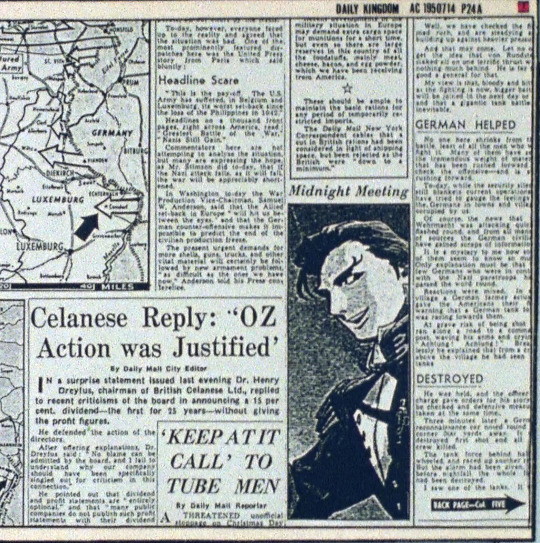
It's quite likely that this has already been done, but in the grand spirit of this blog, I have decided to take the path of highest effort for the stupidest reason, and transcribed this paper. This page of After Colony news, ostensibly from July 14th, A.C. 195, appears to be reporting on events that happened towards the end of World War II. It's apparently been a slow news day for the Sanc Kingdom press for several centuries. I found myself getting kind of wrapped up in the stories and was disappointed I couldn't turn the page and find out what happened next. (I mean, I know what happened next, broadly speaking.) Of particular interest were Henri and Camille Dreyfus, Swiss chemists who made a lot of innovations during both world wars. ...They were also apparently noted OZ supporters? Well, what can you expect from a big industrial supplier of*checks notes* acetyl intermediates.


2. The OZ doggy
Pictured below: Treize's well-heeled hunting pet
and a dog is there too *BA-DUM tsch!*
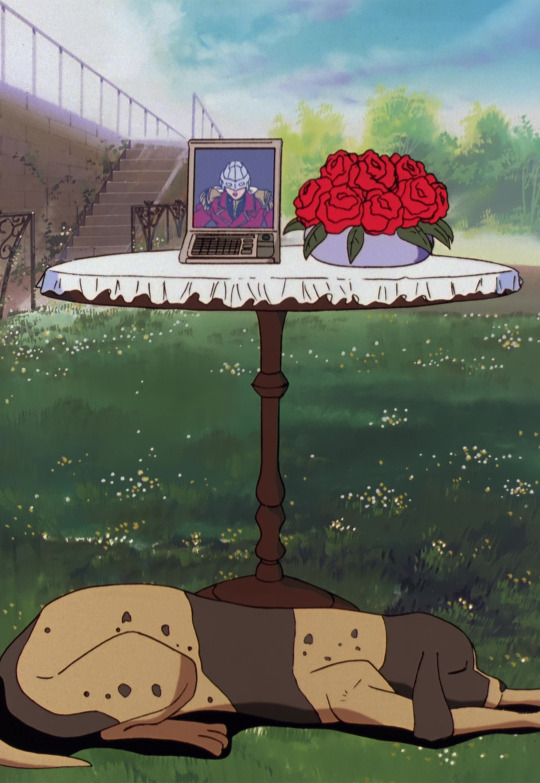
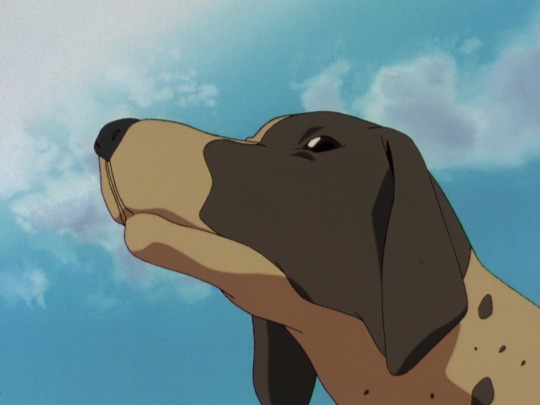
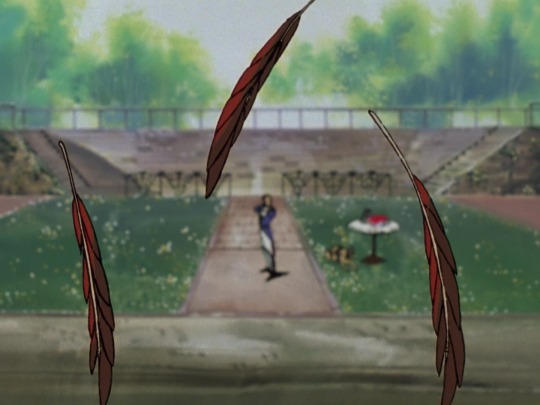
This spotty and behaved hound is a real breed of hunting dog, the German Short-haired Pointer, or GSP! Did you know this, dear reader? I did not know this. This is new Dog Lore to me.
from the wiki: "It is a pointer and retriever, an upland bird dog, and water dog. The GSP can be used for hunting larger and more dangerous game. It is an excellent swimmer but also works well in rough terrain. It is tenacious, tireless, hardy, and reliable. German Shorthaired Pointers are proficient with many different types of game and sport, including trailing, retrieving, and pointing pheasant, quail, grouse, waterfowl, raccoons, opossum, and even deer."
Seems like a perfect bird-hunting companion for Mr. Treize. She'll probably go retrieve the beautiful red phoenix he murdered. I've decided she's named Oscar (after the Rose of Versailles) and she is a very good girl. Braver Oscar! Braver Hund!



3. Luxembourg Castle
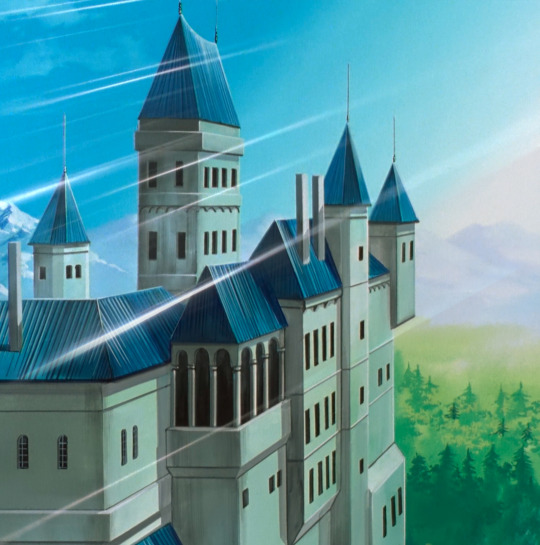
This is Treize's abandoned Disney castle in Luxembourg. I owe the background artists of this scene an apology, for in my heart I assumed this was a random assemblage of spare castle-parts they found at Ludwig II's rummage sale. Reader, I was wrong:

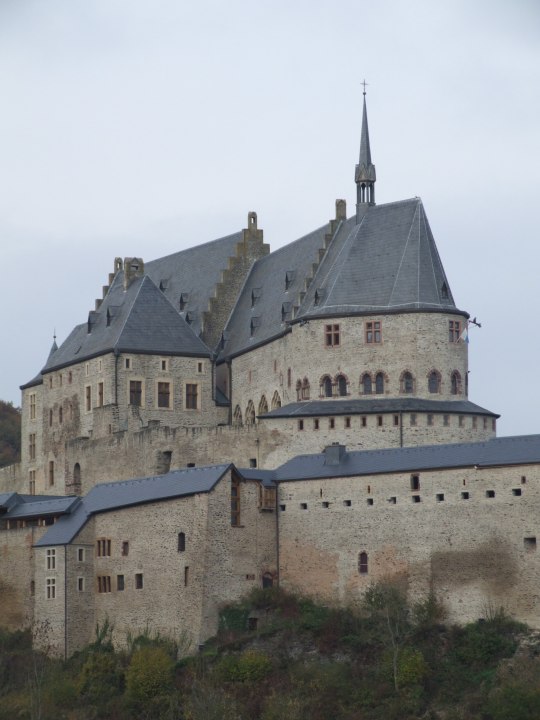
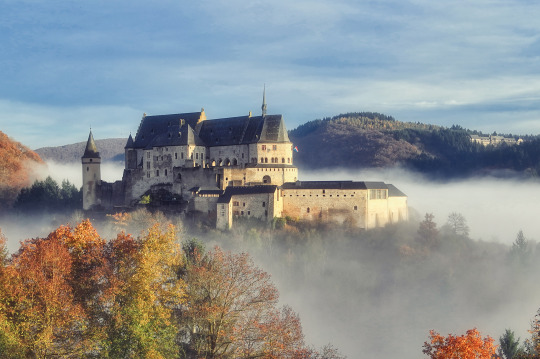
THIS is Schloss Viandin, a restored castle in Luxembourg. Look at this place, it's gorgeous! You can hardly tell there's a secret mobile suit bunker in the basement. Frankly, I'm jealous I'm not being confined there, Treize! Stop sulking in the catacombs and go relax in the pretty princess bed until you feel better. Gaze upon the signed picture of Patrick Swayze; let him inspire you.
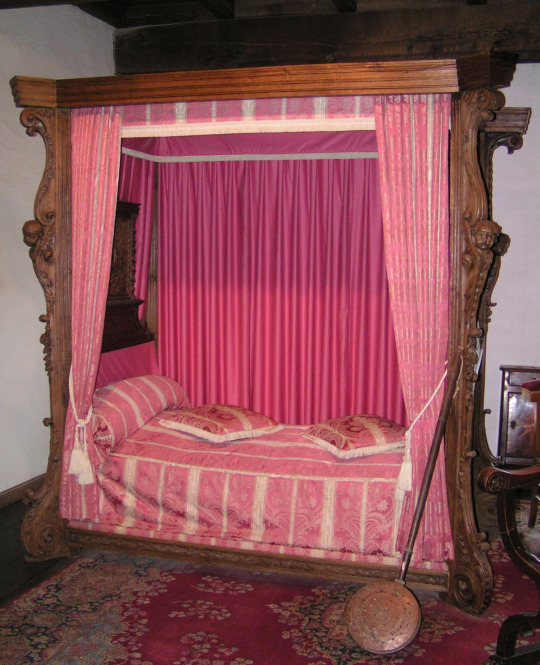

4. Romefeller's Secret
This one comes to us from the Battlefield of Pacifists manga, which, I've learned, is pretty good actually. (I mean it's not GOOD good, but it contains some interesting stuff). Now, come: I am taking you with me on this journey:


I feel extremely vindicated knowing that there's semi-canonical support for my theory that the Romefeller aristobrats are Austrian. I knew it. I KNEW IT. According to this manga, Romefeller was officially founded in Vienna-- the wording is a little ambiguous in this translation, but if Romefeller had members joining it in 1862, then it had to have existed in some form since then-- which means that the "Glorious Year" of 1956 is something other than its founding date. So what exactly happened in 1956? As I am a hack and fraud, and have been one all my life, I have looked to wikipedia for guidance. Mostly what was happening was the Cold War, colonialism, uprisings, Elvis, research and debate over artificial intelligence, both the hard drive disk and the snooze-button alarm clock being invented, Japan joining the UN, and wait what's this--

COMPUTER, ENHANCE:
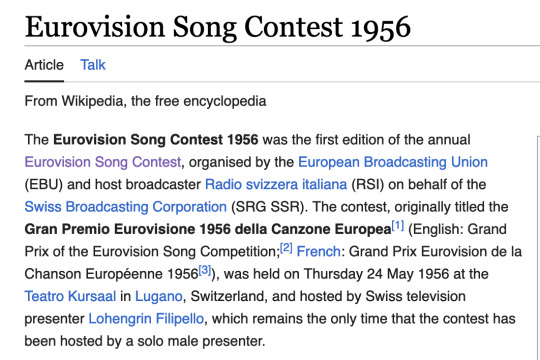
...My god...
It's all coming together.
Eurovision is a plot by Romefeller.
The evidence is all here. There is simply no other conclusion we can come to.
--For this, and many other reasons that are well beyond the scope of a fandom blog, you should probably boycott them.
I rest my case.

5. The Romefeller Coat of Arms
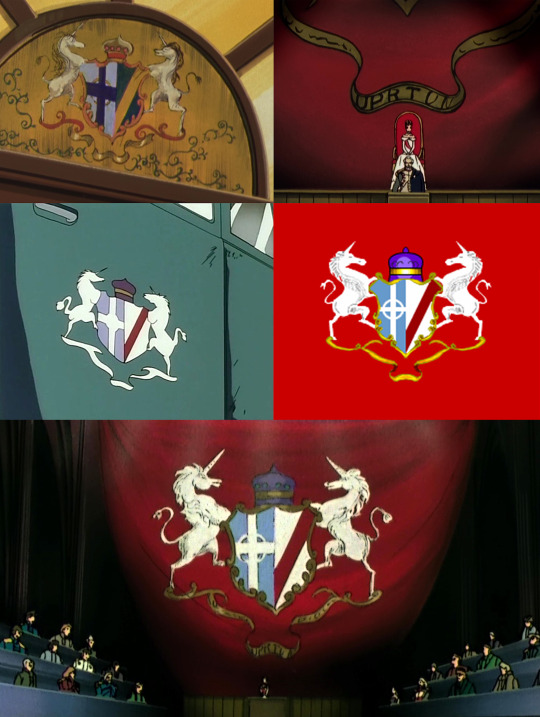
I'm no vexillologist, and my heraldic experience is limited to adoptable pixel dragons, but what I am is an insane person with too much time on their hands. And so, to the best of my ability, I have blazoned the Romefeller coat of arms:
Supporters: Two Unicorns Rampant
Crown: Purpur Crown of Peerage or Lord of Parliament
Escutcheon: Heater with Two Engrailed Wedge Top - party per pale (halved vertically)
Blazon: Sinister (Right): Argent, Bend Sinister Sanguine; Dexter (Left): Bleu Celeste, Charged with a Ringed (or Celtic) Cross Argent
Motto Scroll: UPRTUN or UPRTVN
--I don't know what UPRTVN is meant to stand for, but there are truly SO many ways you could play Latin Mad Libs and get a reasonable-sounding answer. At a stab, knowing Romefeller's priorities and values, I would guess it probably contains a, you know, "Unity/Peace/Rule/Tradition/Victory/Necessity", "Unity Through The Rule of Tradition Is Our Victory", or some such deeply worrying thing. Take your pick really.

6. "Herbst" / "Autumn"
The Rilke poem Treize quotes in "Frozen Teardrop" is not terribly difficult to find online, but if you're not sure what you're looking for it can be difficult because he has multiple poems about Autumn, and Autumn Day is perhaps better known; also the internet is absolutely filthy riddled with despicable bots and farmed content that has lost its attributions, so you do have to dig to find where different translations have come from (bless this very Web 1.0 page for carrying on the lord's work in basic html). Here is the original in German, and two complimenting translations:
Herbst -Rainer Maria Rilke Die Blätter fallen, fallen wie von weit als welkten in den Himmeln ferne Gärten; sie fallen mit verneinender Gebärde. Und in den Nächten fällt die schwere Erde aus allen Sternen in die Einsamkeit. Wir alle fallen. Diese Hand da fällt. Und sieh dir andre an: es ist in allen. Und doch ist Einer, welcher dieses Fallen unendlich sanft in seinen Händen hält.
This translation by Horst A. Scholz (linked here so I don't get into trouble) is the most spare and one-to-one translation into English I've found-- I always appreciate having a comparison between the very literal meanings and a more creative reconstruction when I'm reading translated poetry.
Meanwhile on the other end of the spectrum, this translation by Robert Bly is very freeform and agnostic; for my own purposes, I think the use of "Space" instead of "Heaven" happens to fit nicely with the themes of Gundam:
Autumn -translation by Robert Bly The leaves are falling, falling as if from far up, as if orchards were dying high in space. Each leaf falls as if it were motioning "no." And tonight the heavy earth is falling away from all other stars in the loneliness. We're all falling. This hand here is falling. And look at the other one. It's in them all. And yet there is Someone, whose hands infinitely calm, holding up all this falling.
#gundam wing#parsing post#tinyozlion pgw#Trivia and Minutia#Romefeller Foundation#Treize Khushrenada
49 notes
·
View notes
